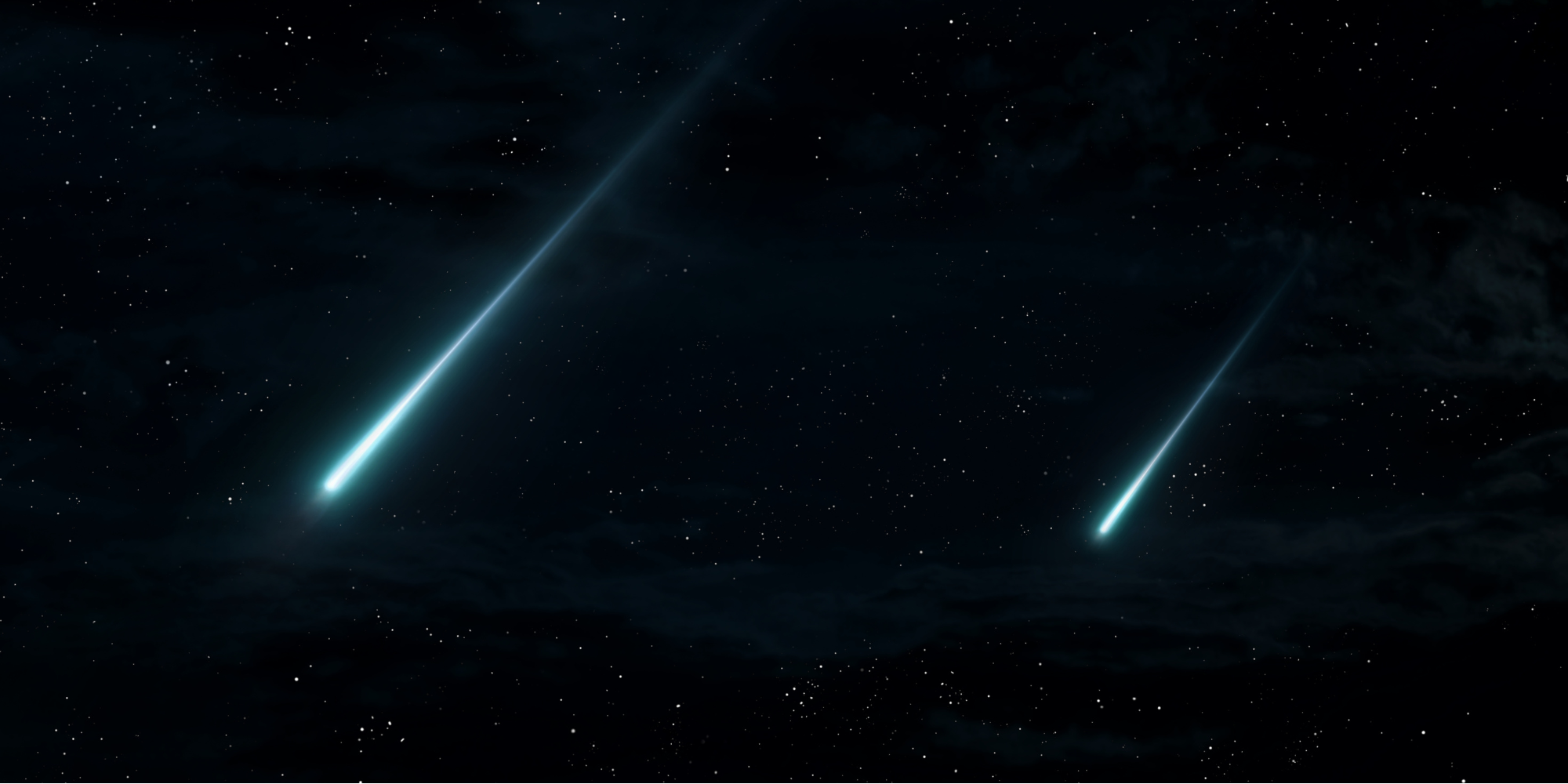On the night of August 12th to 13th, the sky will be illuminated by the Perseids — one of the most famous and spectacular meteor showers, commonly known as “shooting stars.” This phenomenon, observed since ancient times, occurs when the Earth crosses the orbit of comet Swift-Tuttle, and tiny dust particles and fragments enter the atmosphere at speeds of up to 59 kilometers per second, burning up and creating bright streaks of light.
The shower’s name comes from the constellation Perseus, from whose vicinity the meteors seem to emerge, although they can appear anywhere in the sky. The Perseids are also known as the “tears of St. Lawrence” because their peak occurs close to the commemoration of this saint on August 10th.
In 2025, the highest activity of the Perseids will occur precisely on the night of August 12th to 13th, but many meteors will also be visible on the nights before and after this date. Astronomers predict that, under favorable conditions, viewers might see as many as 80 to 100 meteors per hour. The weather forecast looks promising, although the bright glow of the Moon may somewhat hinder observation.
The best conditions to watch this extraordinary spectacle are away from city lights — in open spaces, near lakes, in the mountains, or in designated dark sky parks. It is best to observe lying down or reclining to take in as much of the sky as possible. In many cities across Poland, public events dedicated to the Perseids are planned — including in front of the Copernicus Science Centre in Warsaw, where participants will be able not only to admire the “shooting stars,” but also enjoy concerts, meet with scientists, and use telescopes.








